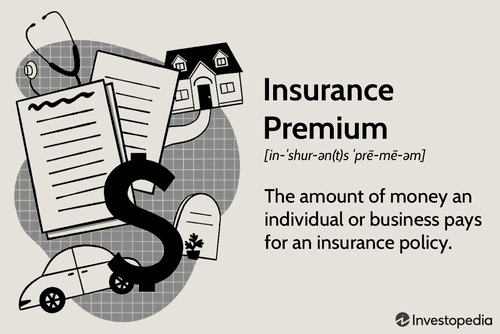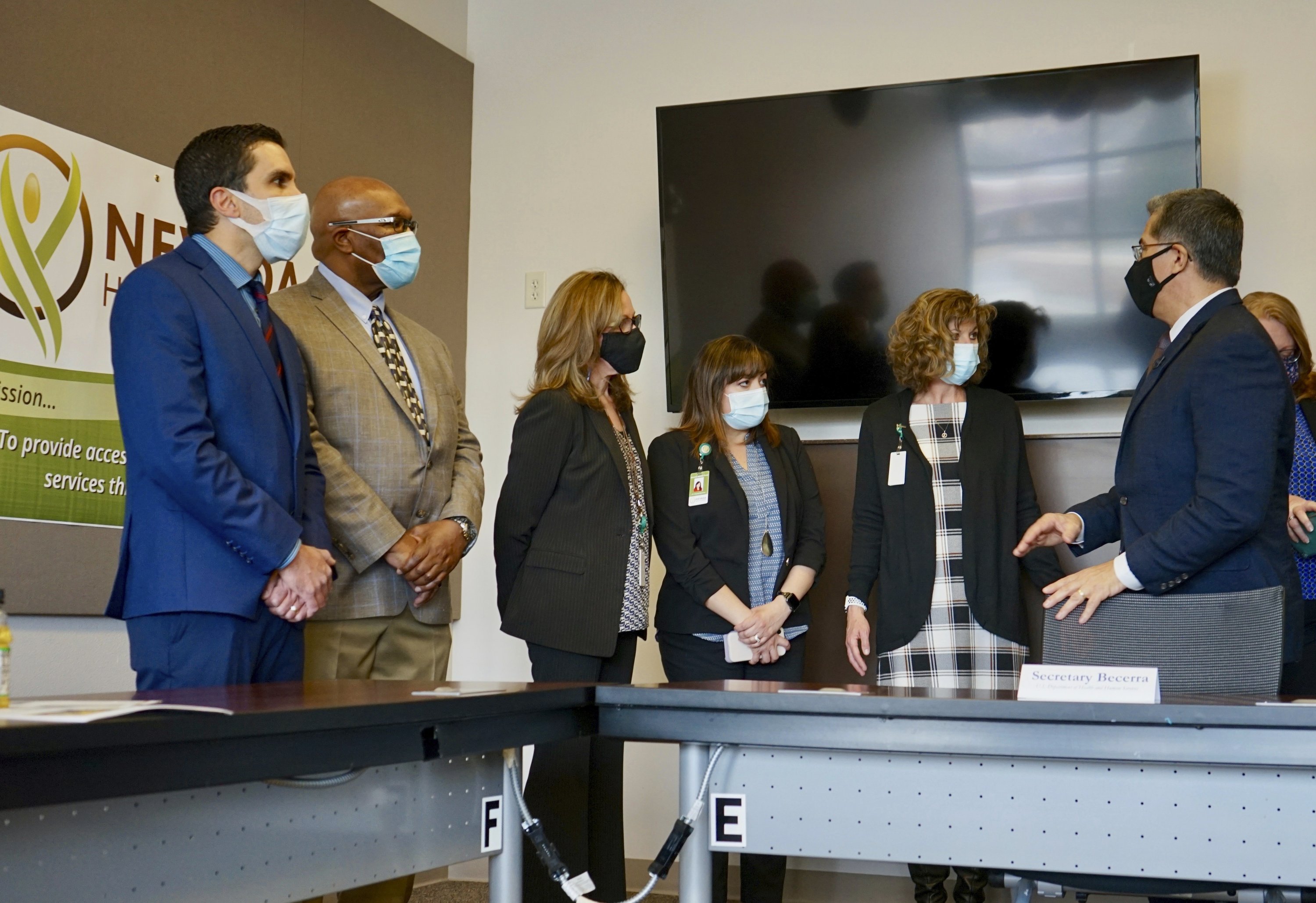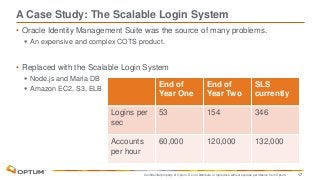
Make sure you compare all the options before buying pet insurance. The table below will give you an idea of what each company offers. You should be aware of the following: rates, deductibles, waiting periods and coverage options. This will allow you to find the best insurance for your cat or dog.
Rates
Prices for pet insurance will vary depending upon the age of your pet, as well as the level of coverage that they need. Due to the higher likelihood of accidents and illnesses, providers may charge more for older pets. Some policies may not cover pre-existing diseases and could even refuse older pets. Before purchasing an insurance policy, it is a good idea to check with your company about discounts and other benefits. You can also look for a multi-pet discount.
Several studies have been published comparing rates of pet insurance policies. One study showed that cats are more expensive than dogs. One study showed that cats are less likely to visit the veterinarian than dogs and thus, are more affordable. When comparing rates, there are several factors you need to take into consideration.
Optional coverage
Consider the fact that not all plans offer the same level of coverage when comparing pet insurance options. Some companies offer comprehensive coverage for all medical costs, while others offer limited coverage for only a few specific health conditions. Many companies also require a deductible, which means you have to pay a certain amount up front. There are many options for deductibles, ranging from $100 to $500. It's important that you know what is best for your pet and yourself.

Other factors to consider when comparing pet insurance coverage options include the number of vet visits covered and the cost of veterinary care. These policies cover only accidents and are generally less expensive than those which cover all illnesses. On the other hand, accidents-and-illness plans provide more coverage and cover most hospitalizations, procedures, and vet visits.
Deductibles
One of the most important things to consider when looking for pet insurance is the deductible. Different companies offer different deductible amounts. Some companies offer a $0 or $1000 deductible. The amount of coverage you need will depend on how old your pet is and what your budget is.
You can either choose an annual deductible, or a per condition deductible. The former is easier and more convenient for most pet owners. You will need to track expenses by date and condition. Therefore, your deductible for a new condition may be different every time. Your insurance provider may take longer to reimburse you.
Waiting periods
It is important that you consider waiting periods when you choose a pet policy. These are required by the insurer to verify that your pet's health is good enough to be covered. The most common waiting period for policies is 30 days. However, this can vary. Some insurers may have shorter waiting periods, while others may require a longer one. Trupanion, for instance, has a 30-day waiting window for illness coverage.
Although the waiting period for pet insurance coverage is variable, some conditions are not covered. Many policies require a waiting period to cover certain diseases like cruciate ligament injuries. For example, dogs suffering from hip dysplasia will likely have a longer waiting list than dogs with cruciate or other injuries.

Percentage of reimbursement
The amount of reimbursement you receive for your pet insurance policy will affect your total policy cost. Different companies have different reimbursement percentages. An insurance policy that covers 80% of your covered expenses will have a reimbursement percentage at 80%. This means that if your dog is injured, you'll only be responsible for paying $200 out of your own pocket. However, if your dog has a chronic condition that requires regular care, you'll likely have to pay a higher portion of the bill yourself.
Most pet insurance plans have reimbursement percentages between 80% and 90%. However, you should understand that higher reimbursement percentages mean a more expensive plan. A deductible must also be paid each time you submit a claim. The most common deductible amounts include $100, $200 and $500.